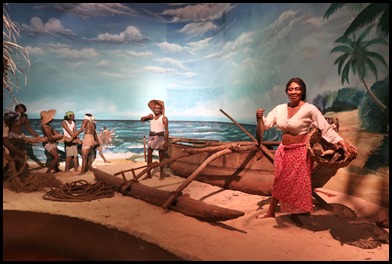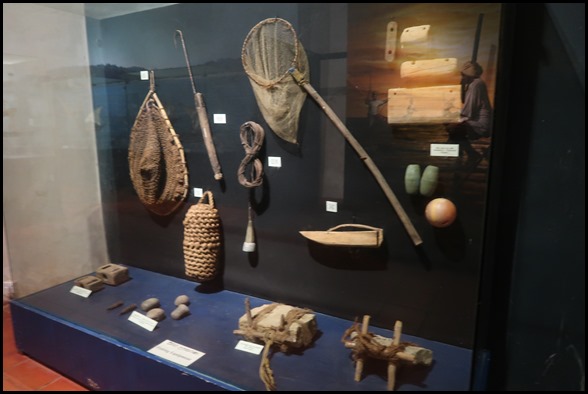Galle Maritime Museum

Beez Neez now Chy Whella
Big Bear and Pepe Millard
Thu 14 Mar 2019 23:37
|
Galle Maritime
Museum
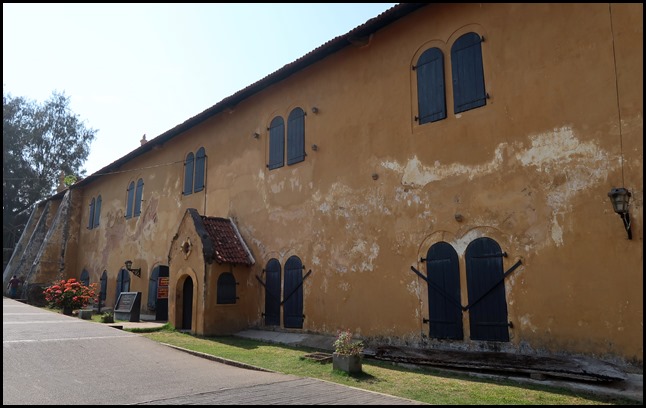 We found the Maritime Museum and paid the pound entry.
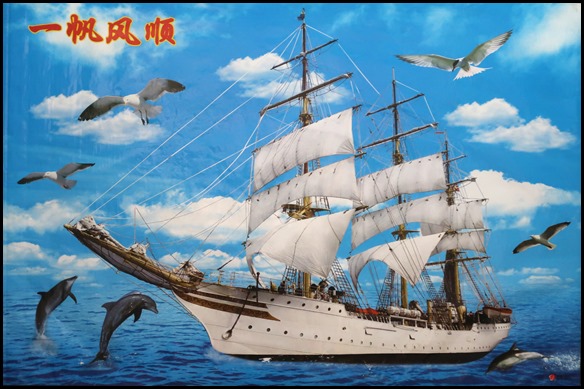 A great
picture as we entered.
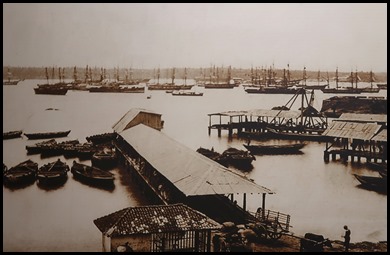 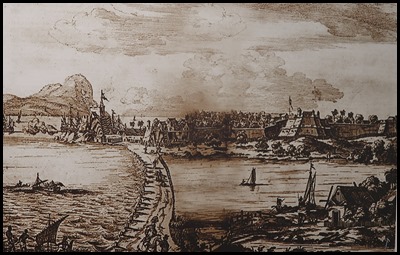 Galle
Jetty. Line drawing by Philips Buoldias of Galle
Harbour and Jetty in the 17th century.
Introduction: As Sri Lanka
is a small island, a close relationship exists between communities living in
coastal areas and the sea. Coastal dwellers continuously used the biological
resources of the sea to fulfil their daily subsistence needs. They manufactured
fishing craft and equipment and fishing became their principle means of
livelihood. Despite regional variations, distinct systems of rituals and
customs, beliefs and terminology have enabled fishing communities to function as
a subculture within Sri Lankan society.
The aim of the Galle Maritime
Museum is to collect, conserve and present information, objects and specimens
related to the culture of fishing communities in the southern coastal belt and
natural resources used by them, for the research, education and entertainment of
the public.
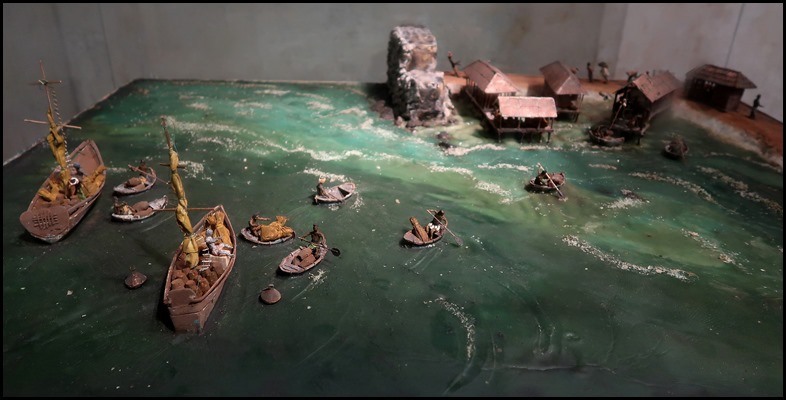 A model of Galle
Harbour 17th – 18th century.
 A diorama of the famous stilt fishermen: Stilt fishing is a method of fishing unique to the island country of Sri Lanka, known as “the Pearl of the Indian Ocean”. The fishermen sit on a cross bar called a ‘petta’ tied to a vertical pole and driven into the sand a few meters offshore. From this high position, the fishermen casts his line, and waits until a fish comes along to be caught.
This diorama shows net fishing from the beach.
Fishing equipment.
The final diorama shows a lady preparing to cook a fish.  A scale model of Dodandoowa yatra or
Amudgoa Oruva.
There is historical evidence that
Sri Lankan ships transported cargo and passengers across the seas to far-away
countries. These ships which were a development from the traditional oru
style, with an outrigger, were the yatra or maha oru. The
Patuwathavithana and Manawadu families were the leading experts in making ships.
In 1930 there were forty ships. The last ship of this type, called the “Amugoda
Oruva” was wrecked off the Maldive Islands.
This model of the “Amudgoa Oruva”
was donated to the Department of National Museums by the Ven. Dodanduva
Dhammarathane whose father made the model as a youth. The model is over one
hundred years old.
A popular folk poem in the area
recounts the wrecking of the “Amugoda Oruva”
They got the vessel down to the
harbour
It ran several laps in the deep as
though in a competition.
Although it ran well under many a
sail,
The vessel of Amugoda did not come
back home.
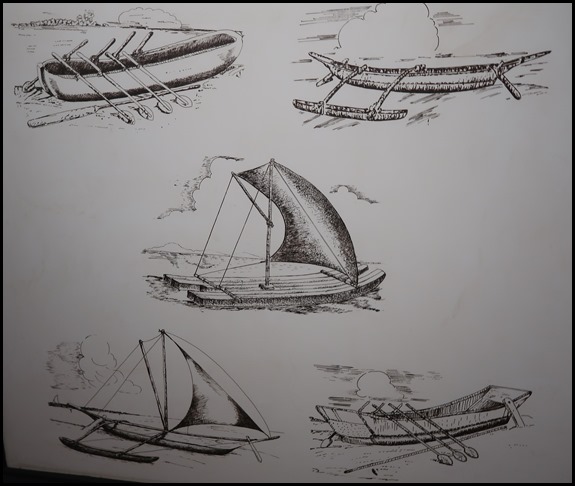 Traditional Fishing Practices in Sri
Lanka: Since ancient times fishing has been a principle means of livelihood
of the coastal dwellers of Sri Lanka. Traditional equipment and methods used,
made it possible only to catch enough fish for subsistence purposes.
The marine fishery in Sri Lanka operated
in lagoons and in the sea.
Traditionally, fishermen in Sri
Lanka used wood and other materials found in the immediate environment to build
their fishing crafts. The fishing boats they
constructed were known as oru, vallam, theppum and
kattumaram.
The commonest fishing boat in Sri
Lanka is the oru or a dugout canoe with an outrigger. The oru
is used in a variety of forms, and adopted for very special types of fishing
according to the waters (whether in sheltered or in the open sea), and according
to the types of nets used.
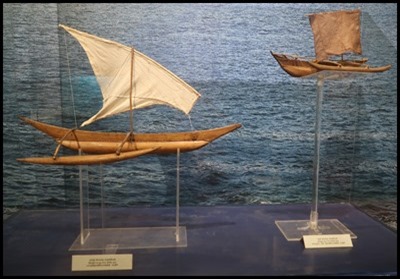  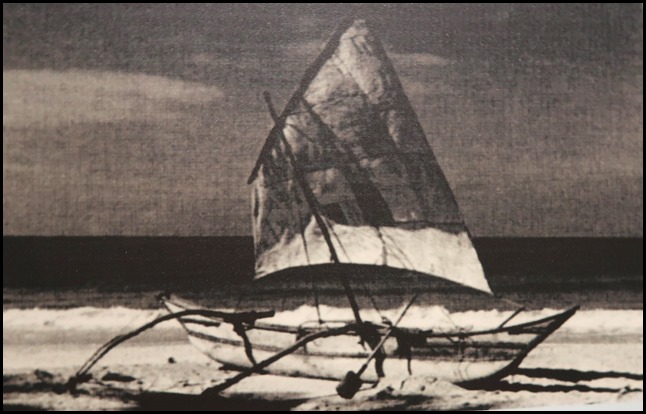 The simplest form of oru are called
pila oru. These lie very low in the water and are used where there are
no strong waves or strong flow of water. The largest type, the warakan
oruwa can sail out into the ocean for twenty miles or so, using easily
adjusted sails. All oru are narrow and long, which gives them speed.
The outrigger gives them stability. In rough seas or strong winds, the crew
members sit on the outrigger to add weight and stability.
 The
wallam is also a type of small canoe. kattumaram and
theppum are built by tying planks
together with ropes.
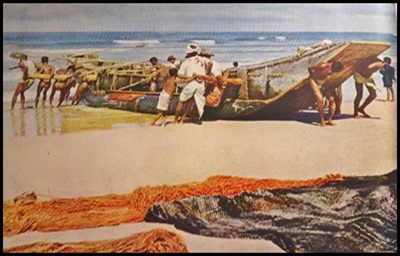 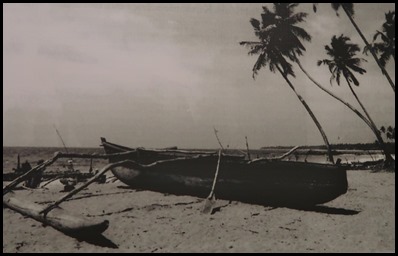 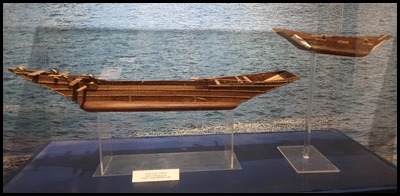 The kattumaram is a type of fishing boat used
to travel in the deep seas.Traditional
fishermen used several different types of fishing nets. The seine net
(madela) which is used to round up fish, is laid out by tying one end
of the net to the shore. The seine net is then loaded onto a paruva and
laid out in the sea in an arched shape. It is drawn in by gradually, pulling the
two ends of the net together. A large number of people participate in this
activity. By laying the seine net not only large fish but smaller fish can also
be caught.
 The circular throwing net
(veesi dela) is utilised in lagoon fishing.
Lagoon fishermen did not mormally go out to sea but engaged in catching
lobsters, prawns and crabs by using fish traps.
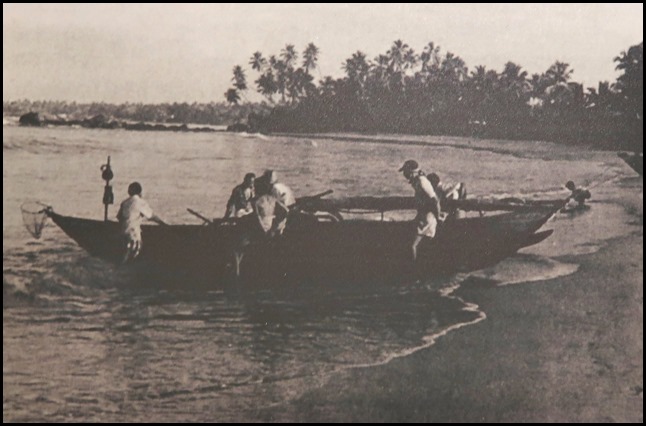 Customs and Ritual Practices of
Fishermen: As deep sea fishing is often dangerous, fishermen engaged in many
customs and rituals to safeguard their lives.
The leader of the fishing crew is
known as the marakkalahe. The term may be varied according to the area.
He plays an important role in preparing auspicious times to go out to sea and
setting up fishing camps and is also responsible for the customs that should be
followed before leaving.
Fishermen in the southern
province annually hold an almsgiving for the deities and demons who rule the
sea. Of special note are the offerings made to the Kalu Vedi Devatha
every year. Five types of meats and five types of flowers are placed as
offerings and incense is held around the boat. Other rituals include cutting
limes on the boat, the net and the sea and the performance of gammadu,
polptit, gara yakuma and rituals associated with jetties and fisheries
harbours. Southern fishermen get exorcisms performed on a boat or an oruve
thovilaya in the hope of protecting the boat, the sail and the lives of the
fishermen.
Buddhist fishermen conduct the
ritual of boiling milk and make special offerings which include bananas and oil
cakes and pray for protection and a plentiful catch. Catholic fishermen pray to
Jesus Christ, St Anthony and St Peter. Hindu fishermen make offerings to the
gods at Konesvatam and Munnesvaram temples.
The use of amulets and chanting spells can also be seen among fishing
communities. A common custom among fishermen is to make offerings to the demons
and deities who protect meat, jetties and the sea. Older fishermen perform
‘light reading’ through the ‘Kalu Vedi anduna’ to predict the areas in
which fish are plentiful. Fishermen also use yanthra to catch fish and
keep them within the net. They have also inherited traditional secret spells to
take revenge on their enemies by making their nets burst.
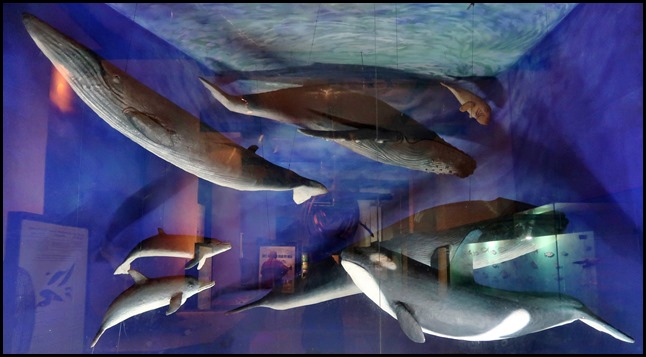 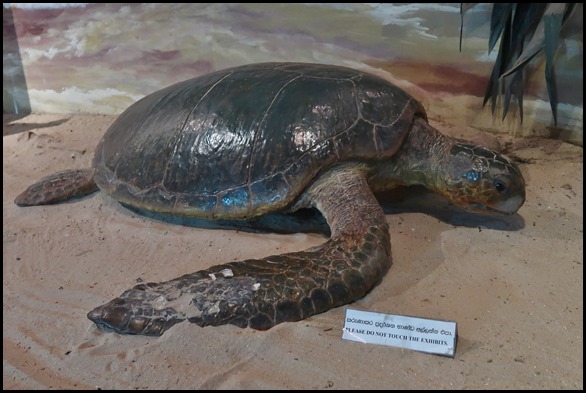 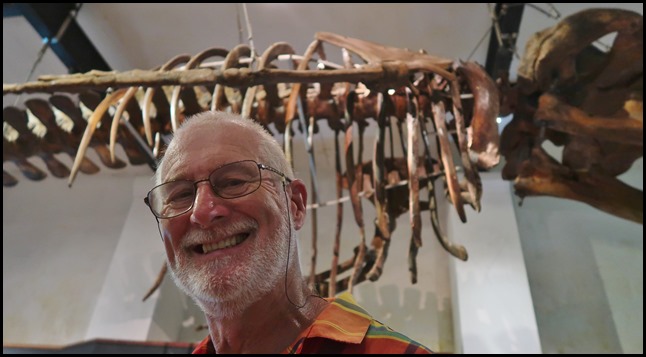 The other displays featured creatures and information on a tsunami (own
blog).
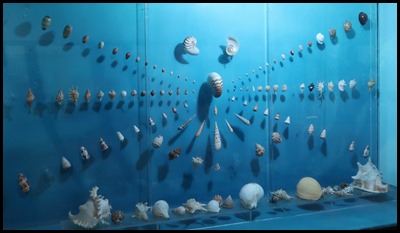 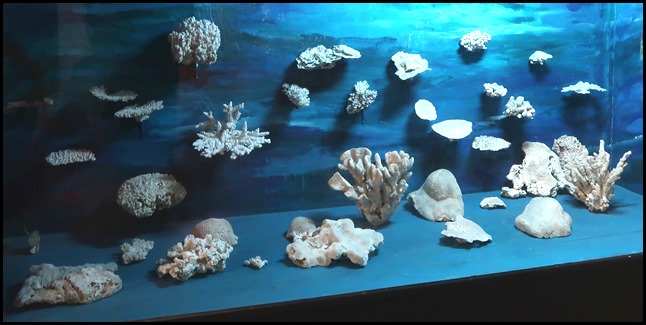 Shells.
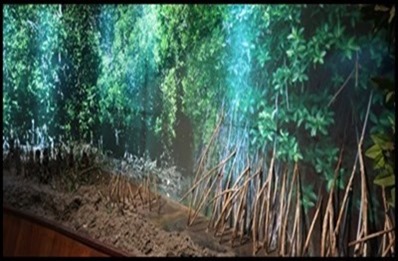 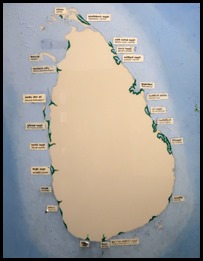 Mangroves
and where they are situated around the coast of Sri
Lanka.
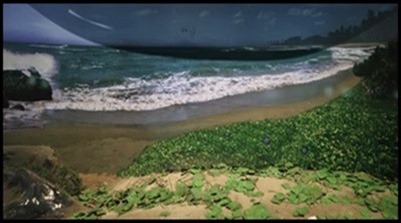 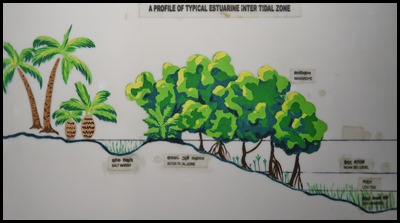 Sea Shore
Plants: The plant community that grows in the sandy soil of high
salinity level along the sea shore is included in this group of
plants.
Plants with prostrate stems that
are capable of withstanding high winds are common in the intertidal area. Such
species like Spinifex, Phylla and Ipomoea have succulent
leaves with thick cuticles as an adaptation to reduce
transpiration.
Small bushes are seen at the edge
of the seashore. The scrubland with littoral vegetation starts next with short
tree species like Pandanas. Thespasia and Calotopis.
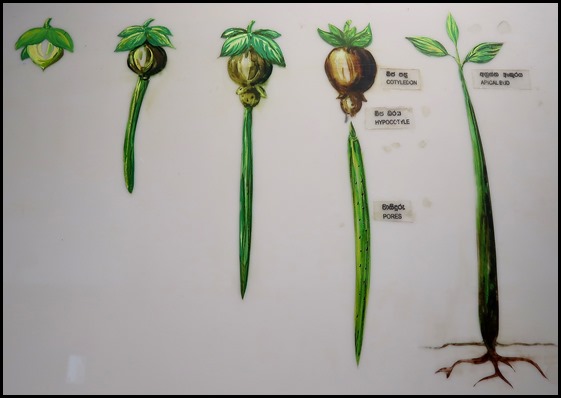 Vivipe
Rous germination. Sea shore plants
play an important role in reducing coastal erosion by stabilising the movement
of sand.
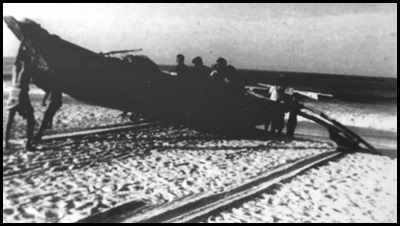 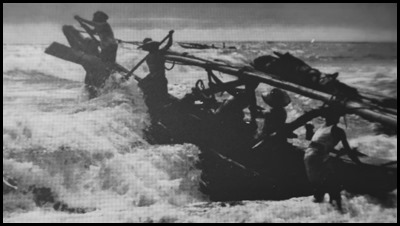 A lovely little museum, especially
good to learn more about the fishermen.
ALL IN ALL FASCINATED BY ORU
AND RITUALS
SMALL BUT VERY
INTERESTING |

